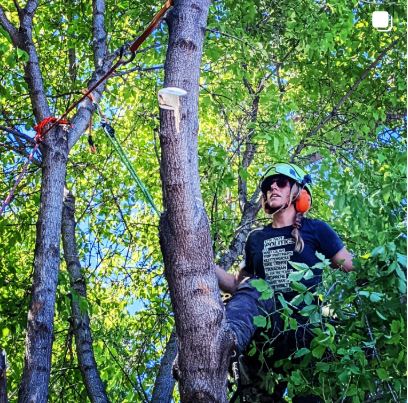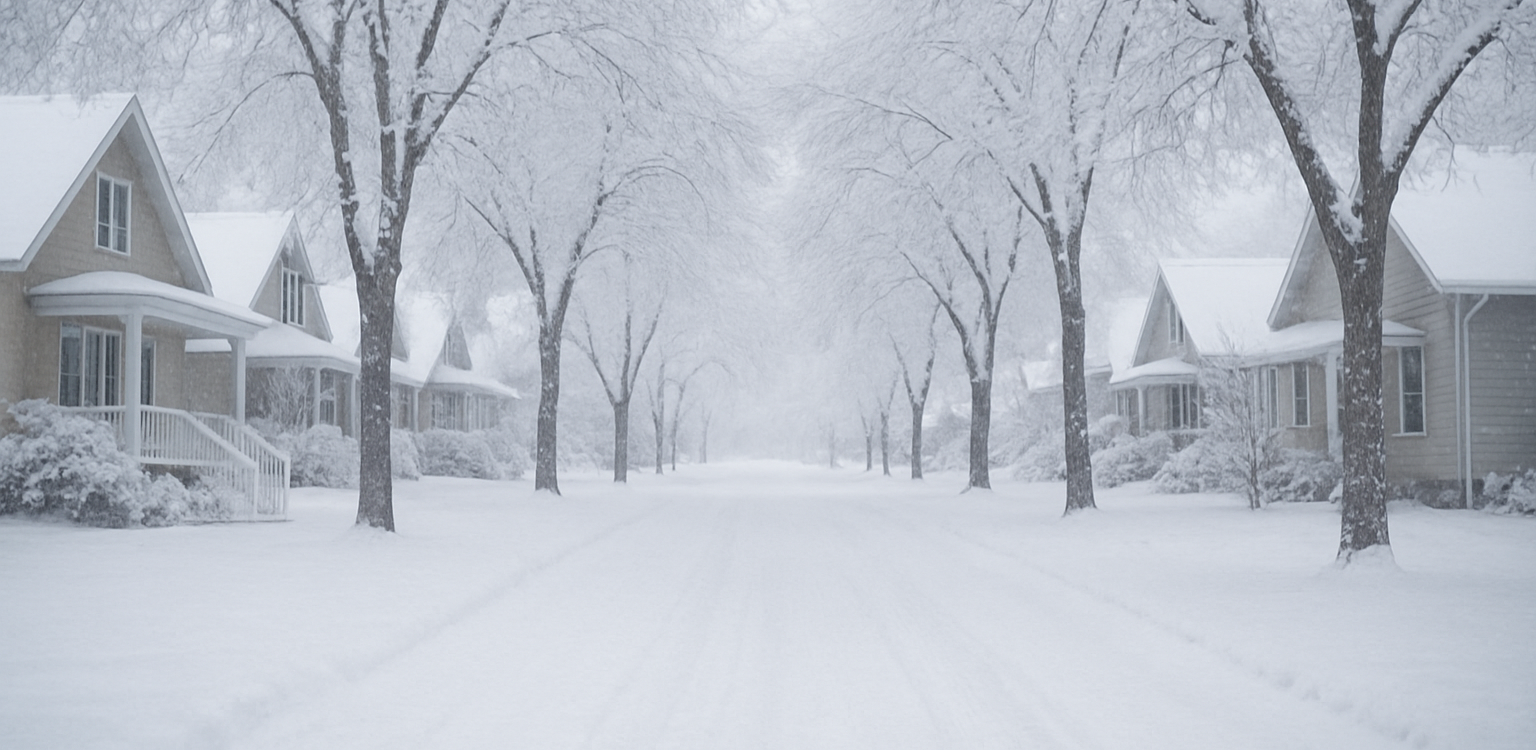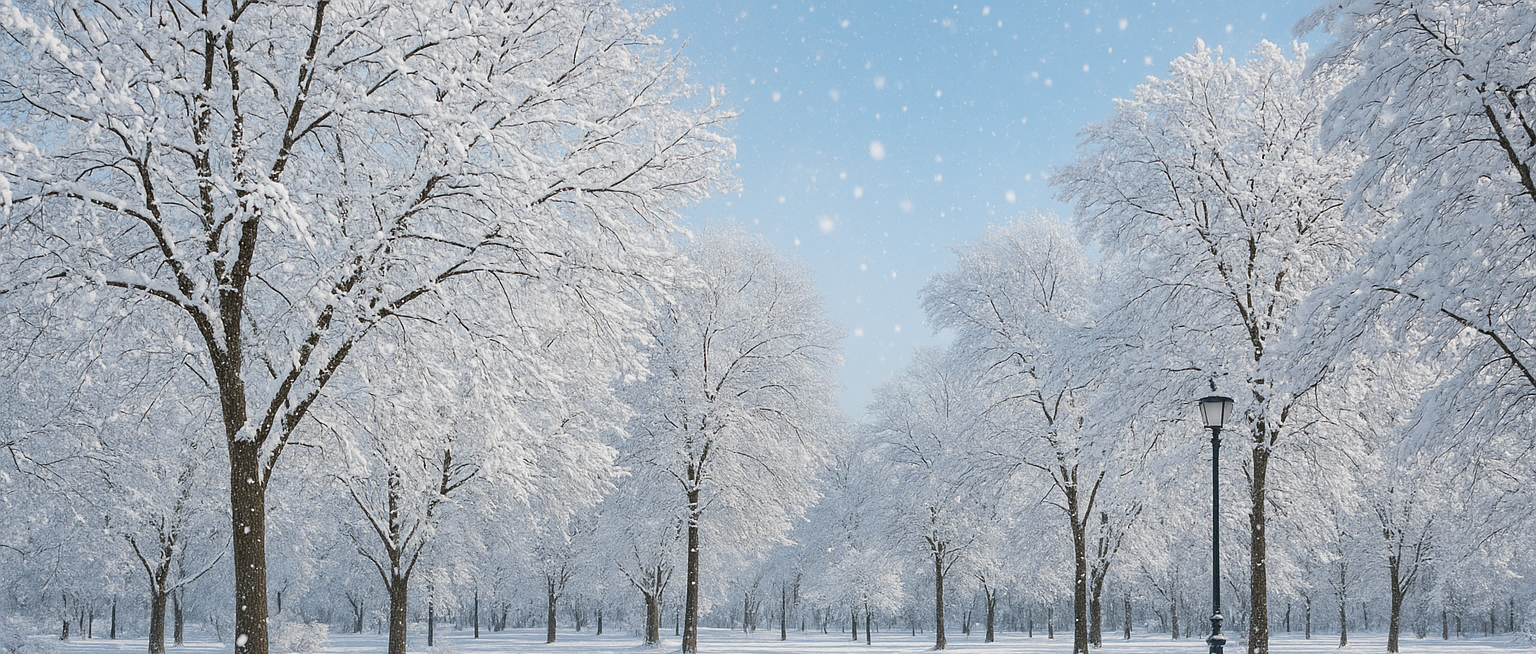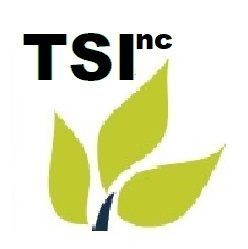Top Benefits of Hiring a Certified Arborist
Trevor Soltys & Paul Kasper
Hiring a certified arborist for your tree care needs is more than just a choice – it’s a crucial investment in the health and safety of your property. From ensuring proper tree maintenance to diagnosing and addressing issues effectively, arborists bring a wealth of expertise and qualifications to the table. This article explores the top benefits of engaging a certified arborist, emphasizing the importance of professional expertise in safeguarding tree health and property safety. Understanding the pivotal role these specialists play in maintaining thriving green spaces and minimizing risks is key to making informed decisions for your landscaping needs.
1. Introduction: The Importance of Hiring a Certified Arborist
Understanding the Role of a Certified Arborist
Certified Arborists are the tree whisperers of the green world, skilled professionals dedicated to the care and maintenance of trees. Think of them as the tree doctors who ensure your leafy friends stay healthy and happy.
Benefits of Professional Tree Care Services
Why trust your tree troubles to a certified arborist? Well, they bring a wealth of knowledge and experience to the table, offering expert guidance on everything from tree health to safety concerns. Hiring a pro means your trees are in good hands, leading to a greener, safer property.
2. Expertise and Qualifications of a Certified Arborist
Educational Background and Training
Certified Arborists aren't your average garden enthusiasts. They undergo rigorous training and education to understand all things tree-related. From tree biology to proper pruning techniques, they've got the knowledge to keep your trees thriving.
Certifications and Industry Credentials
These professionals don't just rely on their green thumbs. Certified Arborists hold industry-recognized credentials that prove their expertise. When you hire a certified arborist, you're getting a dedicated tree guru with all the right qualifications.
3. Tree Health: Ensuring Proper Care and Maintenance
Importance of Regular Tree Inspections
Just like visiting the doctor for a check-up, trees need regular inspections to spot potential issues before they become big problems. Certified Arborists know how to identify signs of disease, pests, or structural issues, keeping your trees healthy and happy.
Implementing Effective Tree Health Care Programs
From fertilization to pruning, certified arborists can create personalized care plans tailored to your trees' specific needs. By implementing proactive health care programs, they ensure your trees not only survive but thrive in their green habitats.
4. Safety First: Protecting Property and People
Hazard Assessment and Risk Mitigation
Trees can be majestic, but they can also pose risks if not properly maintained. Certified Arborists are skilled in identifying potential hazards and implementing measures to mitigate risks. Keeping your property and loved ones safe is their top priority.
Proper Tree Removal Techniques
Sometimes, a tree may need to bid farewell due to disease, damage, or safety concerns. Certified Arborists are trained in the art of safe tree removal, ensuring the process is carried out efficiently and without harm to surrounding property or people.
Whether your trees need a check-up, some TLC, or even a gentle goodbye, hiring a certified arborist is the key to ensuring your leafy companions remain healthy, happy, and a beautiful part of your property's landscape. Trust the experts to keep your trees in top-notch condition, and you'll reap the benefits for years to come.
5. Professional Assessment and Diagnosis of Tree Issues
Identifying Common Tree Health Problems
Picture this: your trees are part of your green family, but suddenly they start looking more droopy than a sad sunflower on a cloudy day. This is where certified arborists swoop in like tree superheroes to save the day. They've got the trained eye to spot those sneaky tree health issues that you might overlook.
Diagnostic Tools and Techniques Used by Arborists
Arborists aren't just tree whisperers; they also have a fancy tool belt filled with gadgets that would make Batman jealous. From resistograph drills to air spade excavation tools, these professionals use cutting-edge technology to diagnose tree problems with precision. It's like tree CSI, but with less dramatic music.
6. Precision Pruning and Tree Maintenance Techniques
The Art and Science of Tree Pruning
Tree pruning isn't just about giving your tree a stylish new haircut. It's a delicate dance between art and science that requires finesse and expertise. Certified arborists know the ins and outs of proper pruning techniques to ensure your trees stay healthy and happy, like a tree spa day without the cucumber eye masks.
Benefits of Proper Tree Maintenance
Think of tree maintenance as the ultimate form of self-care for your leafy friends. Regular pruning and maintenance not only keep your trees looking tip-top but also promote healthy growth and prevent potential hazards. It's like a tree wellness routine that pays off in the long run – a win-win for both you and your arboreal companions.







